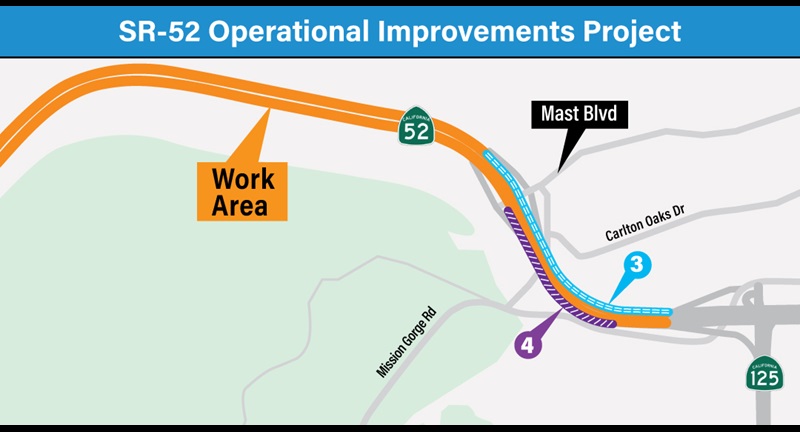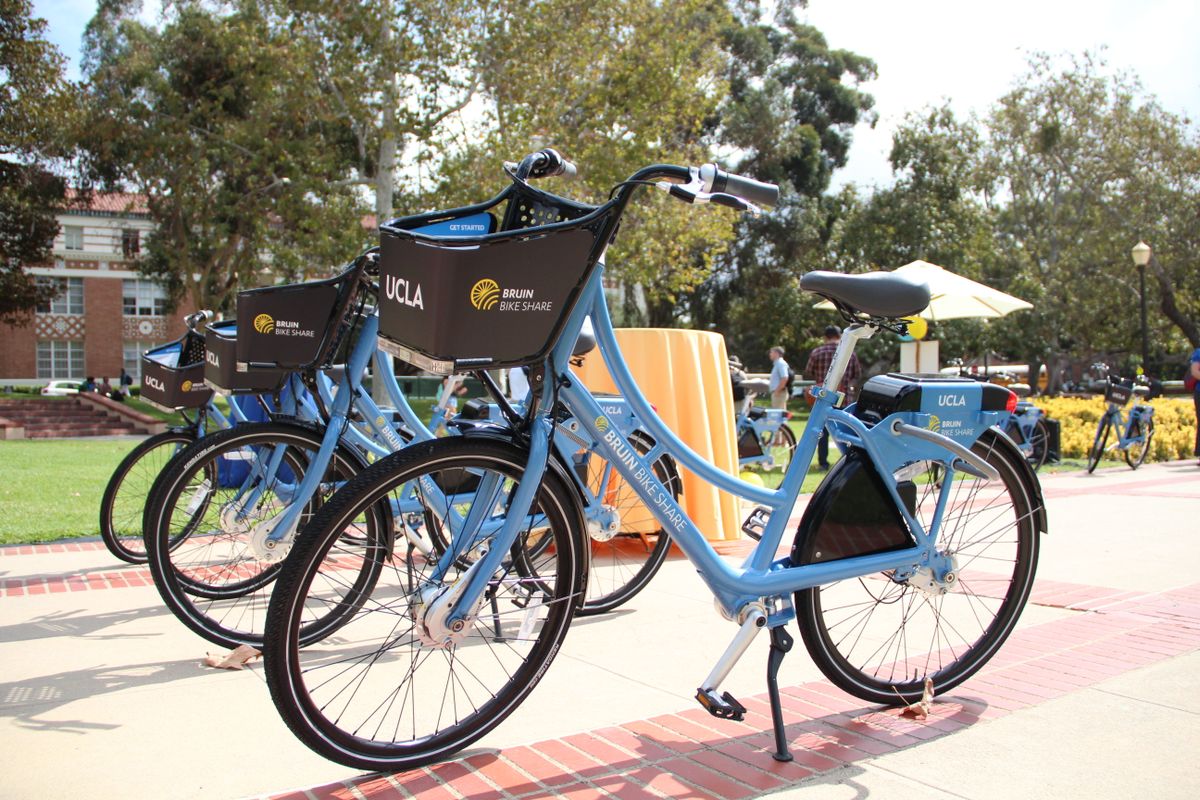After yesterday's article on the end of the California E-Bike Incentive Project, we got this letter that Rob has allowed us to share with you.
As someone who has worked to promote this program for over two years, there were clearly mistakes made and multiple investigations that I hope will be made public. Personally, I had hoped CARB would get a new program manager to improve the program efficiency and use the remaining $18 mil. to more effectively get bikes to the people that need them.
The EBIP was designed to provide California residents affordable and sustainable mobility without the ongoing financial burden of car ownership. Unlike electric vehicle incentives, which tie low-income households to costly expenses like car payments, insurance, maintenance, and charging, the EBIP would have empowered people with a low cost, environmentally friendly transportation option and encourage a shift away from car dependent infrastructure at a fraction of the cost of an EV incentive.
CC4A requires that applicants scrap an automobile that is fifteen years old, that they have owned and operated in California for at least two years to receive money towards the purchase of a plug-in hybrid, electric or fuel cell vehicle. The program added the option to receive $7,500 towards the purchase of an e-bike (or multiple e-bikes) in 2024 but almost no one in the Sacramento region has chosen that option.
Owning a car that meets the scrap requirement in CC4A eliminates many low-income households who are in greatest need of a mobility subsidy. CC4A was designed to get older, higher polluting vehicles off the road but it does not serve the same people that the EBIP was intended to help. While promoting the EBIP, SABA helped people apply for these funds who were dependent on our underfunded, inefficient, and unreliable public transportation system. For these community members, an e-bike would have meant greater self-sufficiency by simplifying their daily commutes and saving them money that could be better spent on other basic needs like housing, food, childcare, and education.
The automotive and insurance industries benefit the most from these funds being moved to CC4A, and California residents in historically disadvantaged communities for whom the EBIP was intended to serve pay the price.
Rob Youngren
Project Manager






